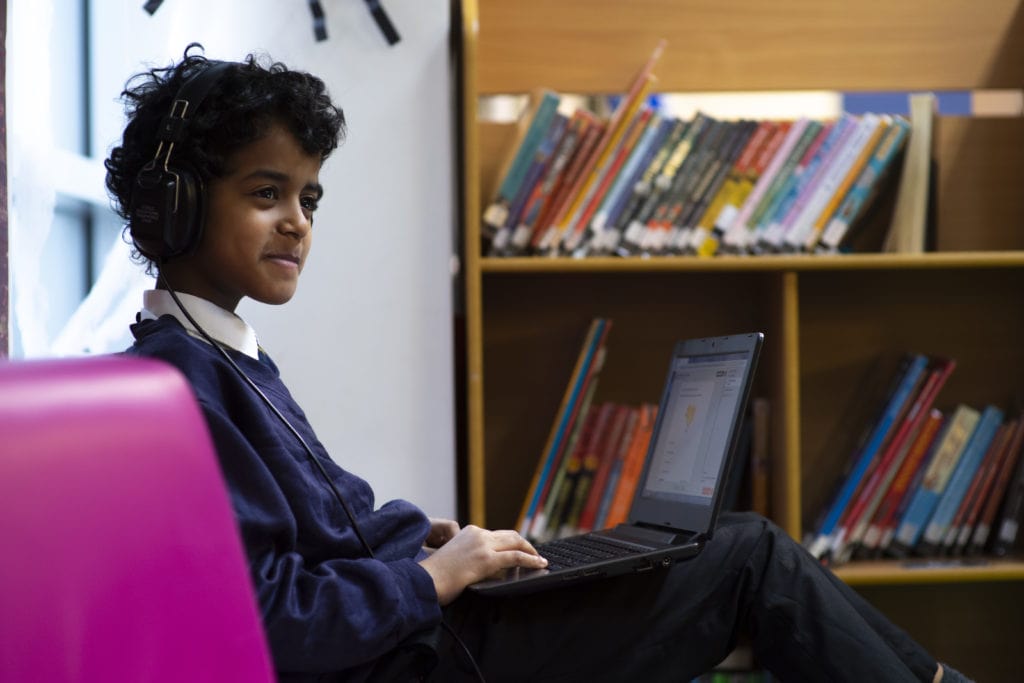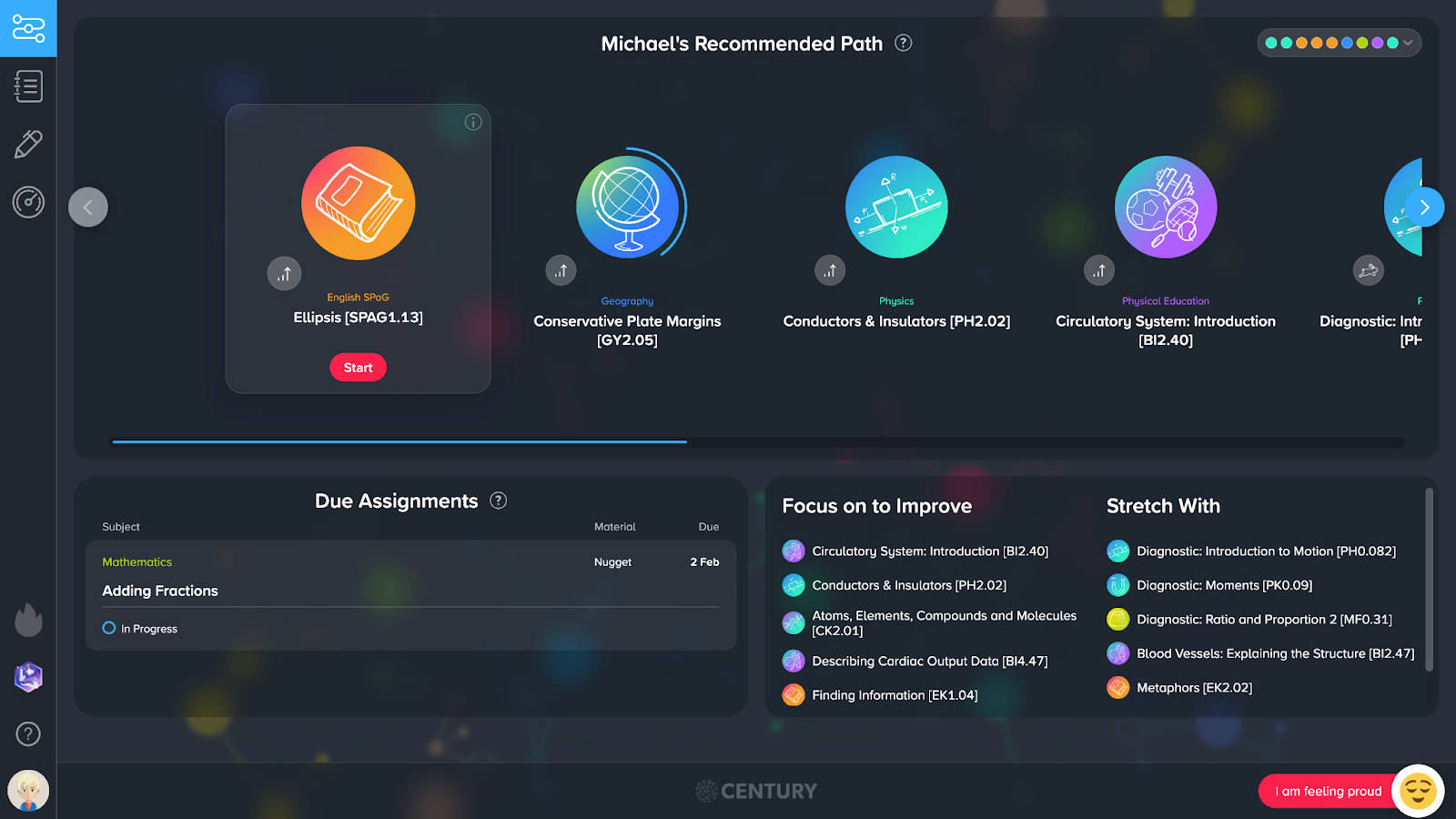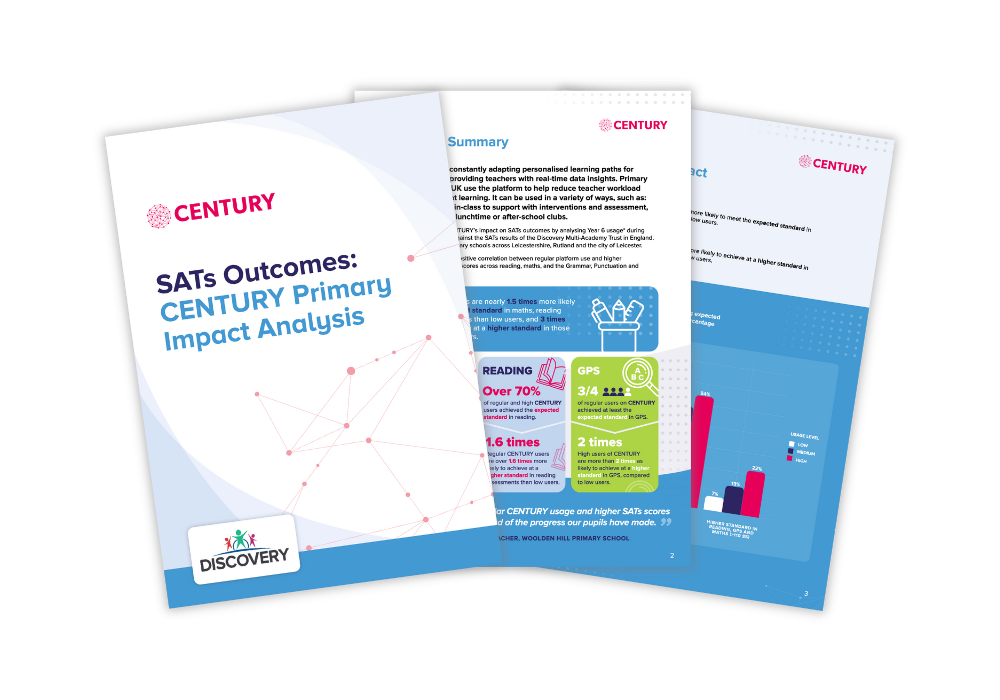5 tips on teaching primary school-aged children at home from a teacher
Estimated reading time: 4 minutes

When I first started teaching my Nursery class, it was like I was talking a completely different language. I thought four-year-olds could magically keep themselves occupied completing addition worksheets at desks, and I could teach from the front of the class like the teachers I remembered from school.
I was constantly asking questions that none of them knew the answer to and generally made a bit of a fool out of myself. Obviously, the older a child is, the more they can independently complete tasks set by their teacher. But all children, particularly at primary school, need help to stay on task. It is also worth remembering how much children can learn through experience and what we consider ‘play’.
Here are my top tips for how to best help primary-aged children learn at home during school closures.
1. Put a (flexible) routine in place
The younger a child is, the more they benefit from a repetitive and structured routine. Ask them to draw or write a ‘timetable’ that they can change each day as needed.
In my classroom, we had a ‘visual timetable’ where my students took down a picture of each part of the day as it was completed. I would also include my class at the start of the day in certain choices about the timetable, for example, if we would do some singing or read a story before lunch.
Letting young children know what to expect helps to reduce anxiety and prepare them for any activities they may not be so keen on.
Don’t worry if it doesn’t go to plan. Even the best teachers have to adapt last minute. I know I definitely did.
2. Take regular breaks
Everyone needs breaks, but young children particularly need to move. Research shows that regular ‘brain breaks’ where children exercise help them learn better afterwards.
These breaks can help their focus, concentration and behaviour. But don’t worry, exercise can happen indoors too. If you don’t feel like leading an exercise routine yourself, Joe Wicks does a great morning PE lesson live on YouTube every day.
Websites like GoNoodle have fantastic educational exercise videos that my pupils loved. My favourite videos were the ones with lots of physical activity that also taught children about other subjects, for example, different parts of the skeleton or syllables in words.
3. Celebrate your children’s achievements
Let your children share their accomplishments. While it’s important that children are not just spoonfed treats in reward for learning, it’s still vital that their hard work is appreciated and valued.
If they’ve made a particularly interesting poster, they can put it on the window to share their great work. If they’ve just got 100% on a nugget (a micro-lesson on CENTURY), let them take a photo for you to email to their friend. Encourage them to video chat relatives to explain what they’ve just been learning about or read out a story they’ve just finished writing.
If they’re finding something tricky, they could try phoning a friend for help. When I was teaching, I regularly used to send students to show off their work to children in other year groups. Children are most secure in their learning when they’re able to explain it to someone else too. And remember, social skills are one of the most important things children learn at school.
4. Use technology alongside other approaches
Online learning tools like CENTURY (now free to any affected school or family) can be really helpful. There are thousands of learning resources at your child’s fingertips and it means you don’t have to worry about marking their work.
However, educational technology works best when combined with good old-fashioned pen and paper. Encourage your children to take notes on whatever they’re learning about, do working out, or even make posters about different topics to put up around their room.
‘Knowledge organisers’ have been very popular in primary schools recently as they help students retain vital information about a subject which they can go back to at any time. The student researches and organises information about a certain topic in a structured way. CENTURY’s teacher-made videos can be a great start for children who want to embark on such a project.
5. Relax!
If you’re finding it tricky, know that teachers usually do too.
You’re probably already teaching your children more than you realise through everyday activities. Talking regularly helps their language development and therefore their literacy skills. Don’t feel the need to constantly question either, as modelling language can be one of the most valuable ways younger children learn.
Involving them with cooking dinner can be a great opportunity to discuss mass, how materials change or ratios. And, as always, sharing stories and reading can be a great way to connect with your kids and help their literacy skills. Parental engagement is one of the best indicators of success in education – by caring, you’re already doing a pretty fantastic job.
CENTURY in the news
View all News
-

Blog
10th July 2025
The Science Behind CENTURY
In this blog post, Tom Thacker, Chief Education Officer at CENTURY, refers to Prof. Dr. Carl Hendrick's recently published guide into the science behind learning. Tom summarises the science behind learning and explains how and where this has been applied…
Read more
-

Blog
10th July 2025
CENTURY Tech report reveals significant positive impact of AI-powered learning on…
CENTURY Tech, the award-winning AI-powered teaching and learning platform, today announced the publication of its latest impact analysis report, demonstrating a strong positive correlation between regular use of the CENTURY platform and higher Key Stage 2 SATs results.
Read more